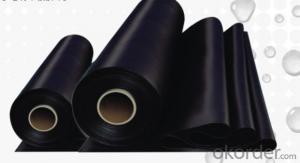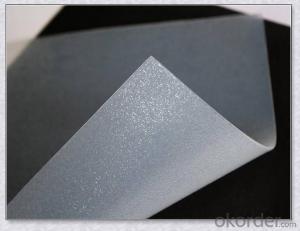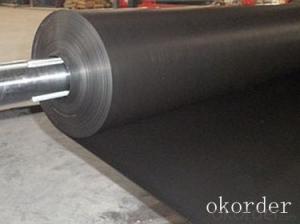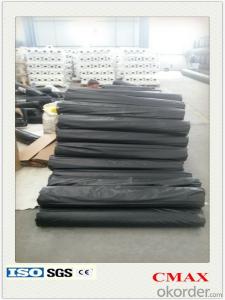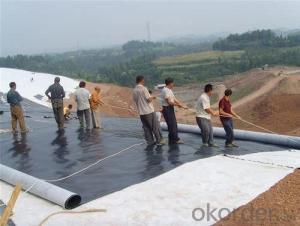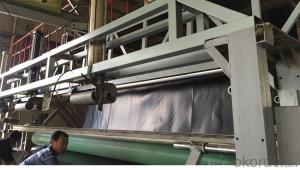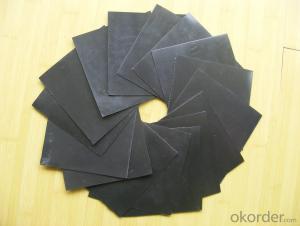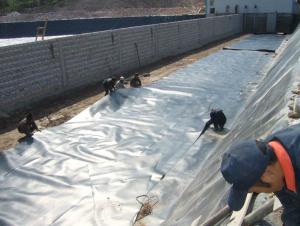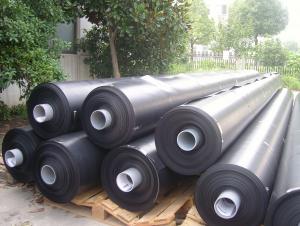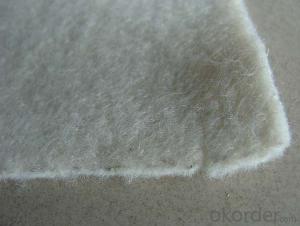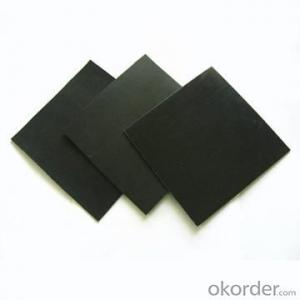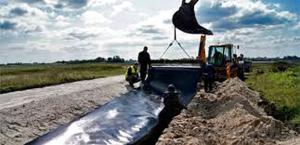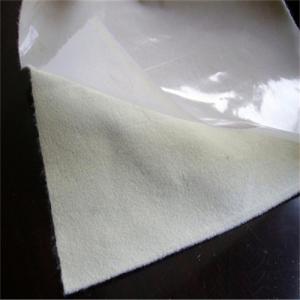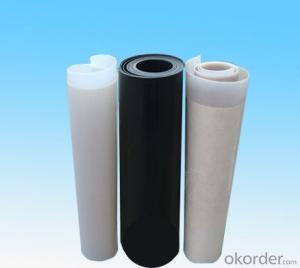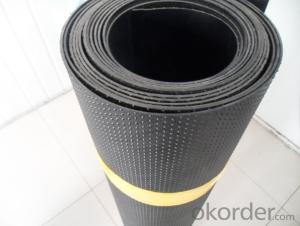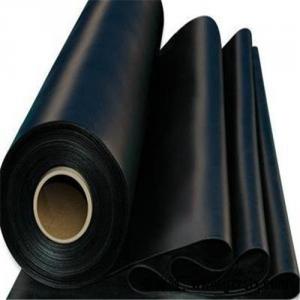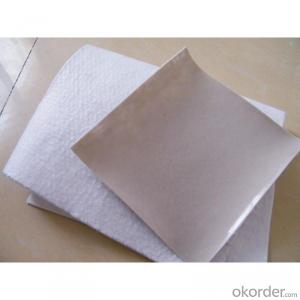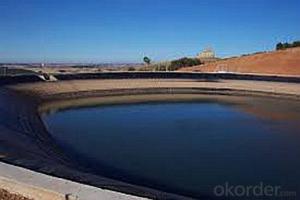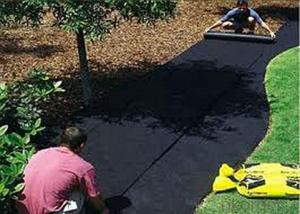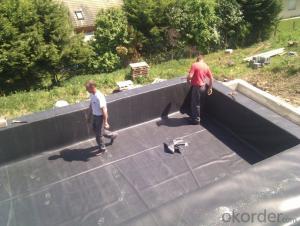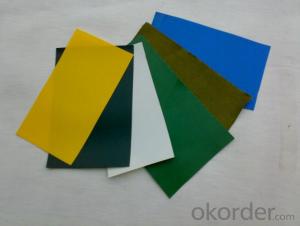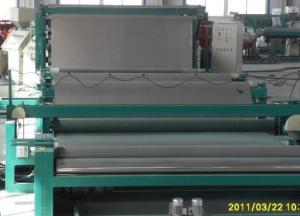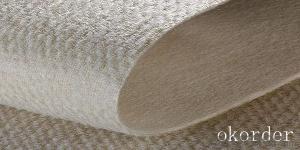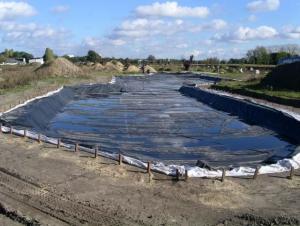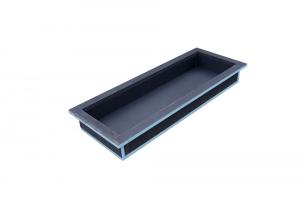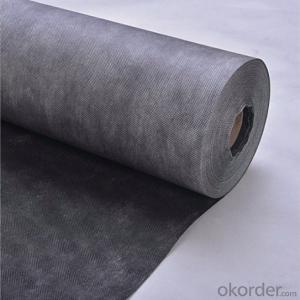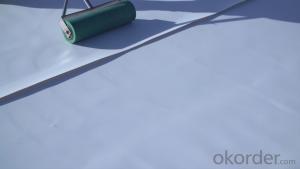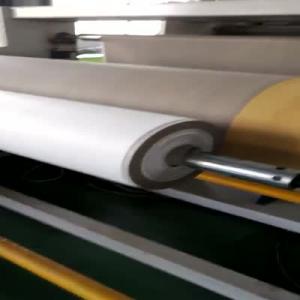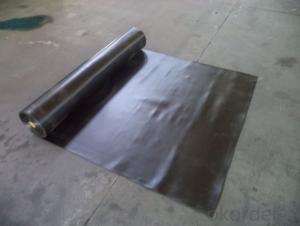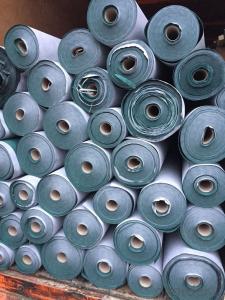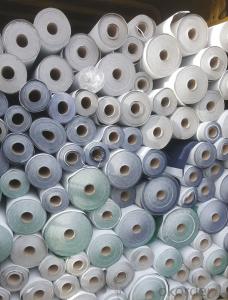Geomembrane For Ponds
Geomembrane For Ponds Related Searches
Geomembrane Pond Geomembrane For Landfill Geomembrane Pond Liner Geomembrana Para Cisternas Geomembrana Para Reservorios Application Of Geomembrane Geomembrana Para Piscicultura Waterproof Geomembrane Geomembranes Are Used For Geomembrana Para Piscinas Geomembrane Waterproofing Geomembranas Para Almacenar Agua Geomembrana Para Peces Geomembrane Applications Geomembrane Pool Geomembranes Geomembrane Lagoon Covers Geomembrane Uses Hdpe Geomembrane Pond Liner Geomembrane Tanks Geomembrana Para Tanque De Peixe Geomembrane Products Plastic Geomembrane Geomembrane Material Geomembrane Fish Tanks Permeable Geomembrane Geomembrane For Sale Geomembrana Para Ollas De Agua Geomembrane Landfill Landfill GeomembraneGeomembrane For Ponds Supplier & Manufacturer from China
Geomembrane for ponds is a type of impermeable material used in various construction projects, particularly in creating watertight barriers for ponds, reservoirs, and other water bodies. This product is made from high-quality polymers, such as polyethylene or PVC, and is designed to provide a durable and reliable solution for water containment and management. Geomembrane for ponds is known for its flexibility, chemical resistance, and UV stability, making it an ideal choice for long-lasting and low-maintenance applications.The application of geomembrane for ponds can be found in a wide range of scenarios, including agricultural, environmental, and recreational projects. It is commonly used for lining fish ponds, water storage reservoirs, and irrigation systems, as well as for constructing artificial lakes and decorative water features in landscaping. This product is also utilized in waste containment facilities, such as landfills and industrial waste ponds, where it plays a crucial role in preventing the leakage of hazardous substances into the environment. By using geomembrane for ponds, professionals can ensure the integrity of water bodies and protect the surrounding ecosystems from potential contamination.
Okorder.com is a reputable wholesale supplier of geomembrane for ponds, offering a vast inventory of this product to cater to the needs of various industries and projects. With a commitment to quality and customer satisfaction, Okorder.com provides competitive pricing, fast shipping, and excellent customer support. By partnering with Okorder.com, customers can benefit from a reliable source of geomembrane for ponds, ensuring that their projects are completed with the highest standards of safety and efficiency.
Hot Products
